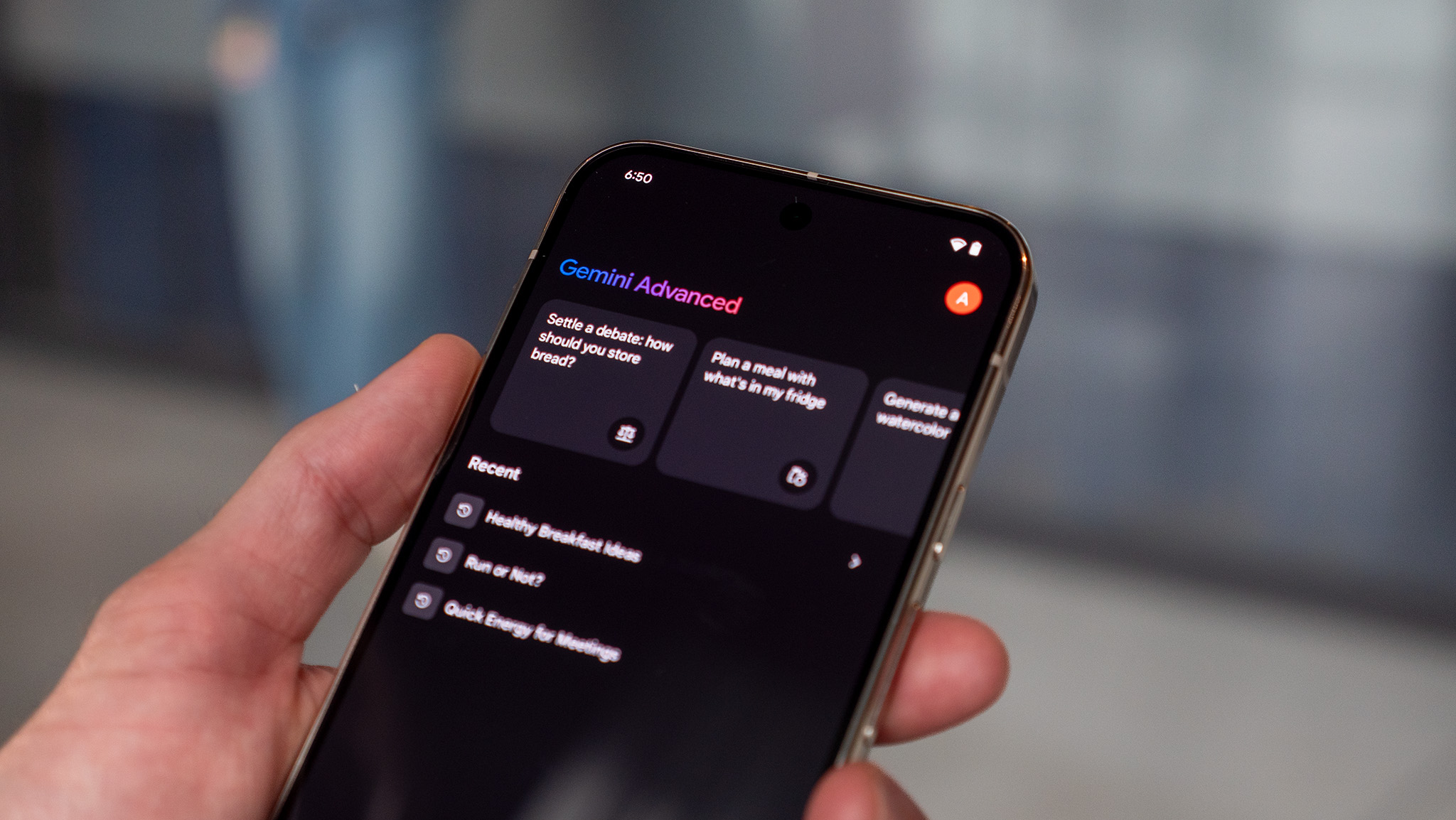How to pick from a sky full of clouds - Talk Mobile
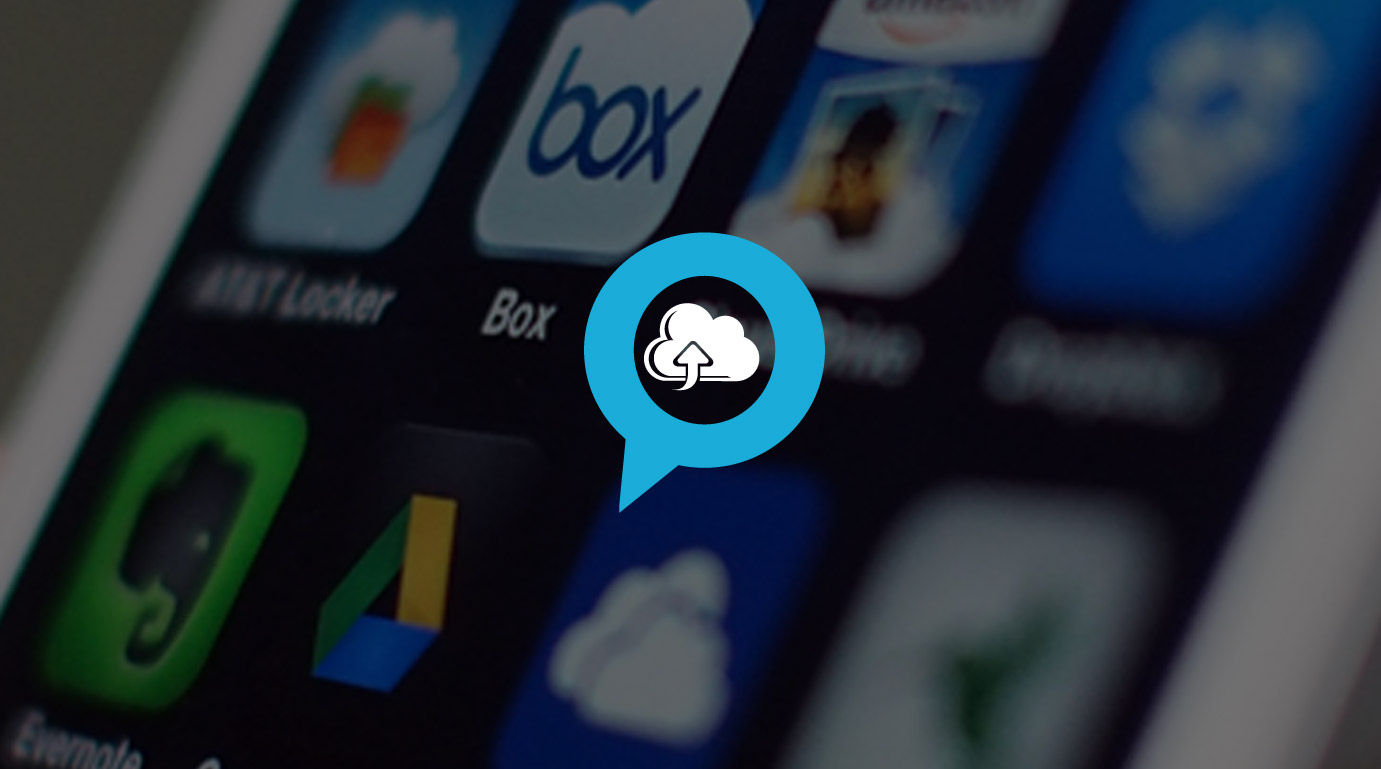
Presented by Blackberry
Talk Mobile Gaming
How to pick from a sky full of clouds
by Rene Ritchie, Daniel Rubino, Kevin Michaluk, Phil Nickinson
If we talk about cloud services, there are several major players in just the storage-and-syncing category, plus dozens more smaller entities. Some are tied to a specific platform, some are entirely platform agnostic, and yet others are best when paired with the platform with whom they share a maker, but yet still work alright most everywhere else.
So how are we supposed to pick a cloud? Should we go with the one that comes with our phone, or is there an advantage to going off the reservation and using a third-party service?
Can we use multiple cloud services? Will they work together, or just ignore each other? Is there a good reason to jump on the multiple cloud bandwagon?
Be an expert in 5 minutes
Get the latest news from Android Central, your trusted companion in the world of Android
And what if we want to switch to a different cloud service? What price do we have to pay? And we're not talking dollars and cents here.
Let's get the conversation started!





Picking a cloud
Articles navigation
- First-party clouds
- Video: Derek Kessler
- Choosing a cloud
- Inter-cloud communication
- Switching clouds
- Conclusion
- Comments
- To top

Rene Ritchie iMore
The advantage of a first-party cloud: Integration
Let's use iOS as an example. iCloud provides a host of useful services, from device backup and restore, to app and media re-download and sync, to messaging and device location, to password management and more. All "for free", all thanks to the same, simple, single login I use to sign into my device and activate it to begin with.
One step, all that stuff. Boom.
Same for developers. If they use iCloud, they know everyone using their app already has an account and it'll just work. (Insert iCloud not working jokes here. Lots of them. I'm making a gross point, not a specific judgement, alright?!)
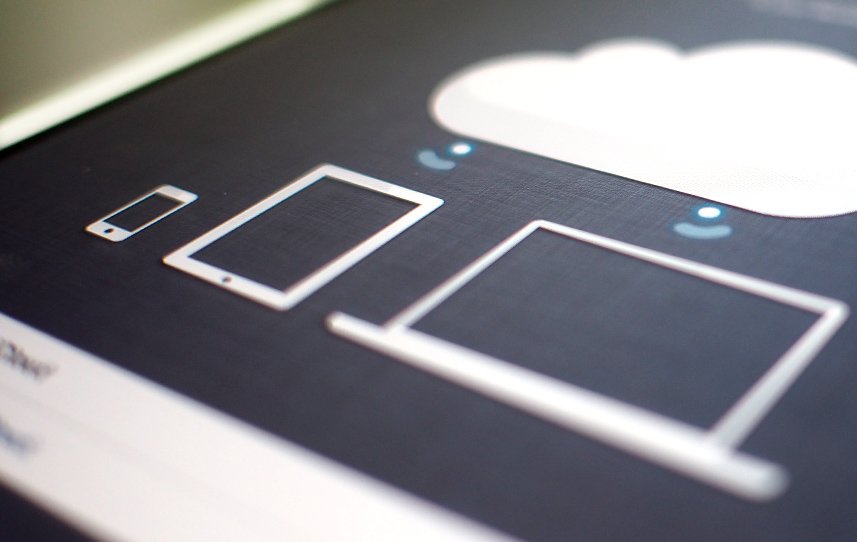
The quintessential first-party cloud
Apple has long struggled with internet services. Their original hard-drive-in-the-cloud launched in 2000 with iDisk in the iTools suite, long before the concept of "the cloud" had taken hold. iTools was retooled as .Mac in 2002, and became MobileMe in 2008. MobileMe users were offered 20GB of storage for iDisk, which mounted as an addressable drive on OS X.
When MobileMe was revamped as iCloud in 2012, Apple announced that iDisk would not be migrated to the new service. iCloud offered backup and restore services for iOS devices, remote access for Macs, IMAP email with an @icloud.com address, device locating and secure wiping, and cloud sync for logins, music, and photos.
Compared to the 20GB space offered by iDisk, iCloud's free storage is set at 5GB. While photos synced through iCloud and music purchased from iTunes don't count against that limit, everything else does. iCloud users can opt to pay for upgrade storage, ranging from $20/year for 15GB to $100/year for 55GB.
If I want to use Google's messaging instead, or Dropbox's backup, or Microsoft's storage, I have to have separate, additional accounts with Google, Dropbox, and/or Microsoft. I have to login to them as well, often on a per-app or service basis, and I have to hope to hell the apps and services I use support them.
Lots of steps. Bummer.
If developers want to use Google or Dropbox or Microsoft or something else, they also have to insist their users have accounts with those services. That means potentially forcing users to sign up for yet-another-account, or encouraging them to pass on your app for one that does support the native cloud.
Crazy steps. Bastards!
No one cloud does it all, for everyone, all the time.
Sadly, no one cloud does it all, for everyone, all the time. So, many of us already have many clouds. I'd be lost without iCloud, Google, and Dropbox all. But the stuff iCloud does natively on iOS is just impossible for Google or Dropbox to come close to even offering.
That's why native always has its place.
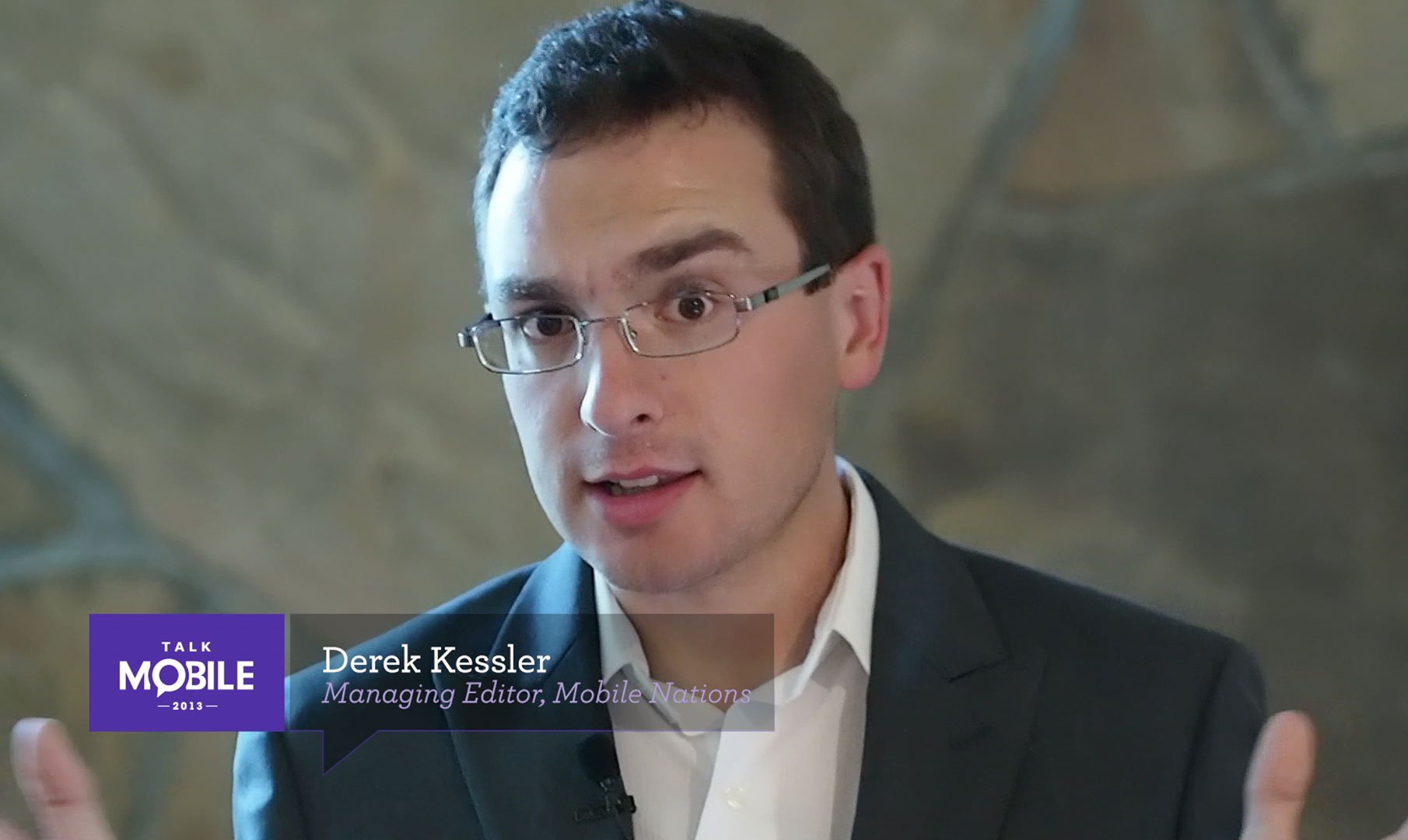
The advantage of first party clouds really comes down to deep software and hardware integration.
- Derek Kessler / Managing Editor, Mobile Nations
Do cloud services influence which phone you buy?
876 comments
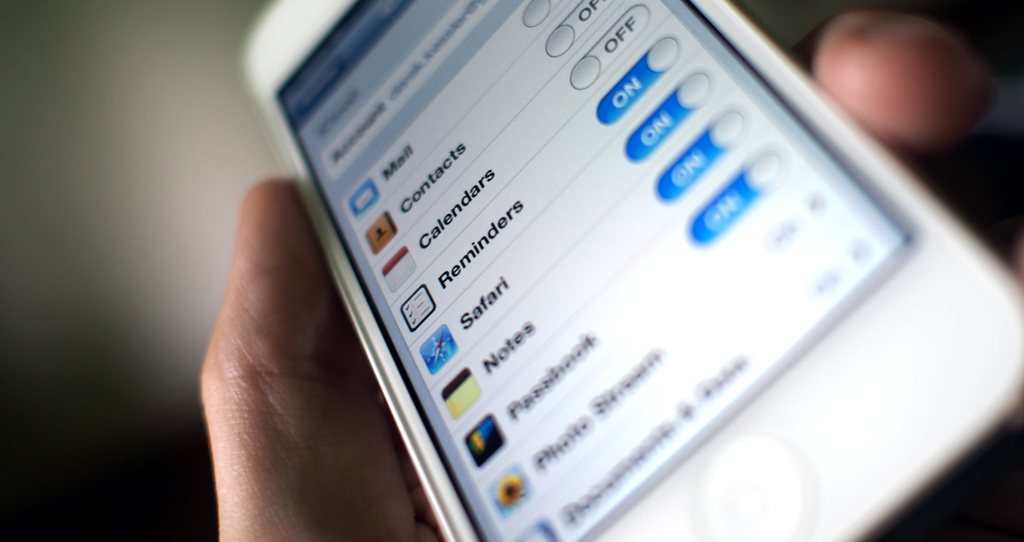

Phil Nickinson Android Central
Pick a cloud, any cloud
There are a couple of ways to approach the "Whose cloud should I use?" question.
Route 1: The lazy river of information.
Let's face it, you don't want to work any harder at this stuff than you absolutely have to. And maybe it's not a matter of being lazy. All this cloud stuff should be working for you, not the other way around.
So the first option is to pick a pool and dive in head-first. Using a Windows Phone? Microsoft's SkyDrive cloud options are the easiest. Google Drive for Android. iCloud for iOS. BlackBerry 10 perhaps is the most platform agnostic of them all at this point (and, again, that still feels really weird to say), so you might have to pick and choose a little there.
It's worth mentioning, though, that things get a little messy with Android. The hardware manufacturers have started coming up with their own cloud solutions for some things - photos, backup and the like. And that's fine and all, but you risk locking yourself into a particular brand of phone rather than the operating system it runs. Android is weird like that

The first party and the third party
There are many ways to classify cloud services, including whether or not a service is first- or third- party. First-party is one made by the same company that builds the platform, allowing for deep integration and cooperation between the development teams on features and support, such as Apple's iCloud. Third-party clouds come from an external source and typically don't have the same level of access - these are the Dropboxes and Box.nets of the internet.
Two cloud services bridge the gap between first-party and third-party: Google Drive and Microsoft SkyDrive. Google's Drive service benefits from the development team's cooperation with Google's Android team, and comes bundled on all Google-certified Android devices. But Google Drive is also available for non-Google platforms, like Apple's iOS and OS X, Microsoft's Windows desktop OS, and all modern web browsers.
Microsoft built SkyDrive from its Windows Live Folders service, and is integrated with Windows and Windows Phone. But Microsoft has also built SkyDrive clients for Android and iOS, OS X, and a web client with email, document editing, photo viewing, and more.
Route 2: Make these phones and tablets work for you.
This will require a little more work on your part. There's absolutely nothing wrong with mixing cloud services on a single platform. It's just that you'll need to take a little time to figure out what works best for you.
There's absolutely nothing wrong with mixing cloud services.
Here's how I do things: I use Gmail for my e-mail. Google Voice for text messages (and using the same phone number across way too many devices). I use Dropbox for file storage. Dropbox also keeps track of my passwords via 1Password. I use Google Drive for word processing. Image sharing is done through all of the social networks, depending on with whom I want to share.
I'm not quite the United Nations of cloud services - Microsoft just doesn't have a place there - but there's room for the clouds to work and live together.
Which cloud services do you use and how?
876 comments
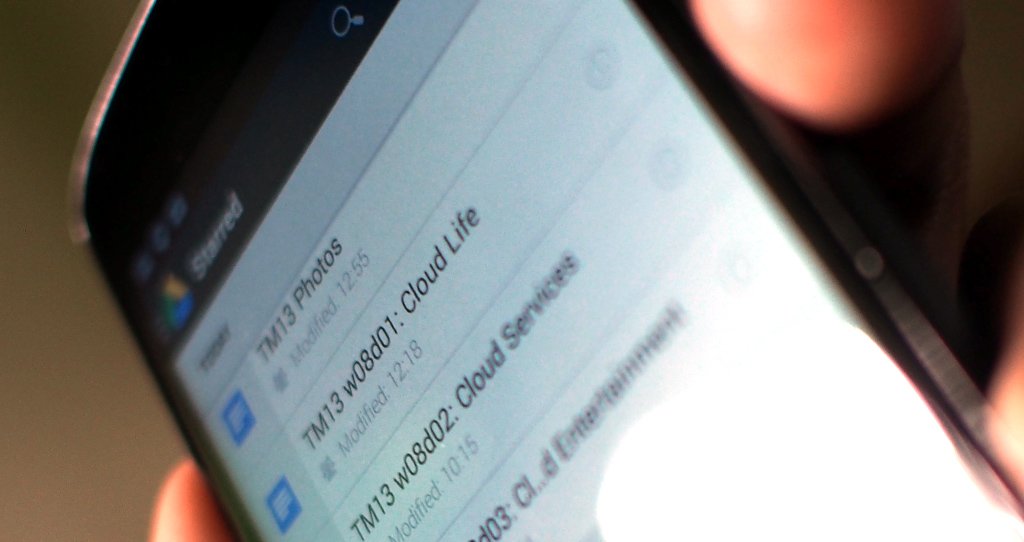

Kevin Michaluk CrackBerry
I just want my clouds to talk to each other
As much as we want our devices and services to play nice, there's a harsh reality at play here: each actor is looking out for their own interests. The hardware manufacturers, service providers, operating system builders, app developers, and more are all fighting for their own success. We don't yet live in a utopian world where the user comes first and all services play nicely across all platforms - and play nicely with each other.
It makes sense. They're all in it to make a buck. It's the platforms that have proven to be the most flexible with third-party services. Each platform either permits them through apps or offers outright integration with a number of third-party clouds.
They work fine side-by-side, ignoring each other's existence.
The clouds themselves are strictly siloed with minimal interplay. They work fine side-by-side, ignoring each other's existence and generally staying out of each others' way. And that's fine, because you can use multiple cloud services on just about everything.
On my MacBook I use Dropbox and SkyDrive. My BlackBerry runs Box and Dropbox, side-by-side. But not one of these services sees the other. It's not that they don't play nice - they don't play at all.
As a user I don't feel that there's yet a perfect one-size-fits-all cloud solution. We're forced to make choices, to pick-and-choose which services we're going to use for what.
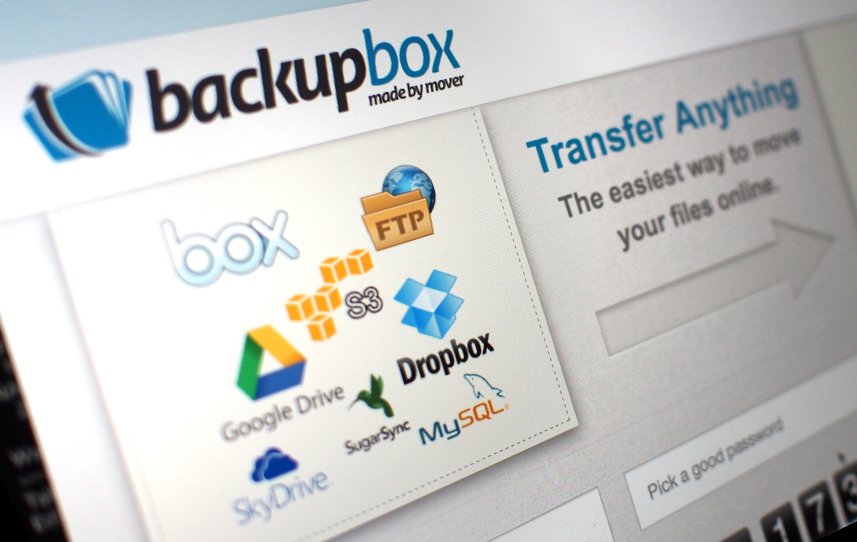
Syncing the clouds
While no major cloud storage service directly integrates with another, there are other cloud service that exist to make that integration happen. They don't offer any storage of their own, instead acting to pass data between previously-disconnected cloud servers.
Backup Box by Mover is one such storage, bridging Amazon S3, Box, Drobox, FTP, Google Drive, Microsoft SkyDrive, MySQL, and SugarSync. Requiring no install on your computer - it runs entirely in the cloud - Backup Box can even run on a schedule to backup everything from your Gmail files to the contents of your web server. Backup Box offers a free service of 10 transfers up to 1GB per month, or paid accounts with unlimited transfers at 25GB a month ($10) or 500GB ($99)
cloudHQ is a similar service, though adding Basecamp, Evernote, and Gmail to the party. At $9.90 a month, cloudHQ allows users to create three sync pairs (e.g. Google Drive to and from SkyDrive) with unlimited file transfers, or for $19.90 bump that to up ten sync pairs.
There's nothing wrong with running multiple cloud services on a single device. It offers redundancy and flexibility, letting us pick the cloud that's best for the job. That's not to say it wouldn't be nice to have a single cloud that does it all and does so exceptionally well, but it would also be nice to have my own private tropical island too.
The key is for the platform to have support for the cloud services you want to use. Personally, I prefer the BlackBerry 10 model (shocker, I know, hear me out) thanks to the file system-level integration provided for cloud services, as opposed to the "it can run as an app" model you face on something like iOS.
We're probably a long way off from having our clouds start talking to each other. Right now we're watching a race for clouds to grab up users, but once the dust settles from the land grab and everybody's on the cloud train, we may see the clouds cooperating more with each other.
How do you use the cloud to sync across platforms?
876 comments
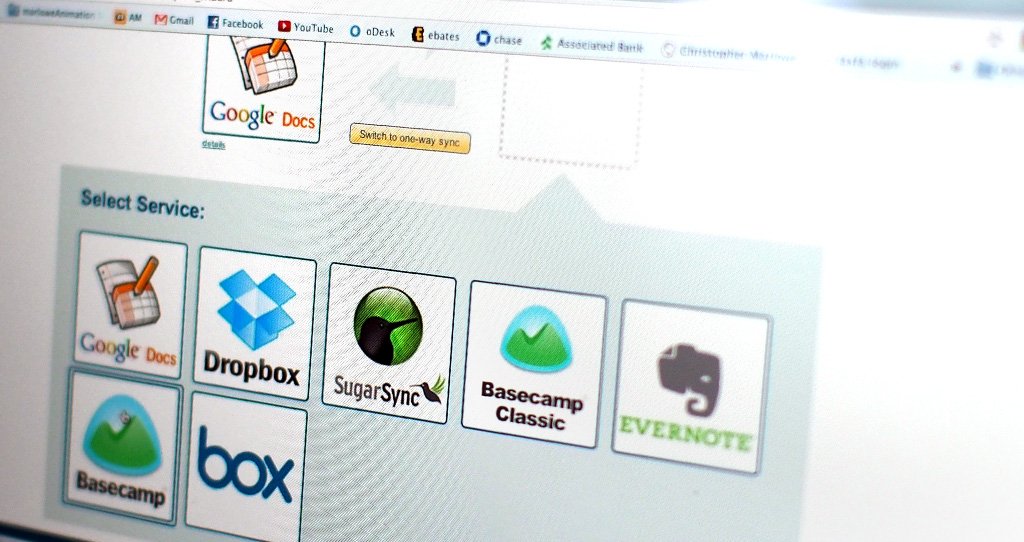

Daniel Rubino Windows Phone Central
Penalty-free cloud switching... for now
Perhaps surprisingly, switching between cloud services in 2013 is not that difficult, at least for the individual. It's akin to transferring documents from one PC to another, or copying files from one USB drive to a new one. All you need to know is which service you are going to and download their desktop sync tool for the dirty work. If you've got a lot of files to upload to your new cloud service, it might take a while, but that's just a matter of waiting while the cloud and computer do what they need to do in the background.
From there, it's just a matter of making sure you have the right access tools across your devices, including smartphones, tablets and computers. Of course, that would be a good thing to check before making the switch, but most clouds support most platforms, and vice versa.
For companies though, obviously switching is a bit more of an infrastructure change that the IT department is going to want to handle. Still, for the most part, server syncing apps are low-level additions to any network and companies like Microsoft offers SkyDrive Pro (aka SharePoint Workspace), which allow for company server integration and more tools for administration.
You can pretty much use any service you want on most any device.
Regarding personal devices like tablets and smartphones, as Phil notes above, you can pretty much use any service you want on most any device, though you may have to work to get it to work as you wish. That's because everyone who makes a mobile operating system (except BlackBerry) champions their own cloud based service. There's nothing wrong with that - it's just what they do.
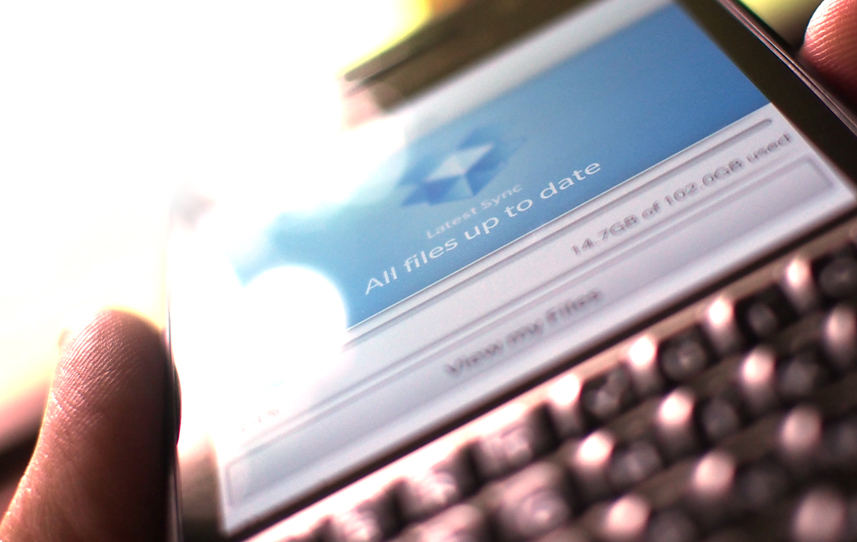
Dropbox extended
The simplest use of Dropbox is to sling files back and forth between devices using the first-party sync clients. But as the leading third-party cloud service, Dropbox also has a robust developer community using the Dropbox API to extend the service.
The SendToDropbox web service allows users to email files to a dedicated address to add them to their Dropbox folder. Backup Box bridges the gap between Dropbox and other services, including SugarSync, MySQL, Google Drive, SkyDrive, and Amazon S3, allowing users to backup one cloud service on another. CloudHQ similarly bridges cloud services, also integrating the likes of Evernote, Gmail, and Basecamp.
The popularity of Dropbox also means that a number of third-party unofficial clients have been created for unsupported operating systems, including Maemo, Symbian, webOS, and Windows Phone.
While in 2013 these clouds don't actually differ too much, going forward each company will dig deeper and deeper with their cloud services to make sure switching is more difficult. That's bad for consumers in the long run who want to switch. But in the short term, it will allow cloud computing to really push forward as companies can innovate on their own platforms, and third party clouds will strive for a place in the mix.
One thing though should be clear: consumers need to start choosing sides, because it is only going to become harder to switch.
Talk Mobile Survey: The state of mobile clouds
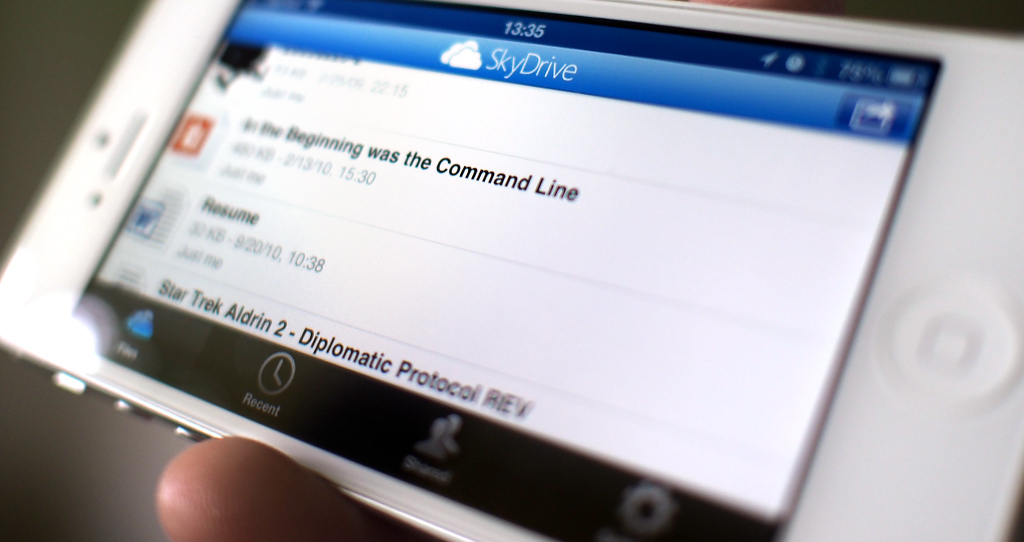
Conclusion
The cloud is just plain awesome. Or, rather, the clouds are just plain awesome. Mass adoption of cloud services is a relatively new thing, and we've only just started to scratch the surface of what cloud storage, syncing, and computing has to offer.
Thankfully even with this diverse ecosystem we have support from our platforms. Some might only offer limited integration in the form of an app, while others support deep file system access, but the support is there. The Google Drives, Dropboxes, and Microsoft Skydrives of the world are open to one and all.
And we don't have to choose just one. These cloud services might not work together, but they at least work apart. There's nothing to stop you from having one, two, three, or more cloud services running at any given time, keeping all of your stuff backed up, synced, and on every device you own, regardless of the platform.
And really that's the crux of the drive towards our cloud future - everything, everywhere. There are multiple services that can do that - you just have to figure out which one is for you.

